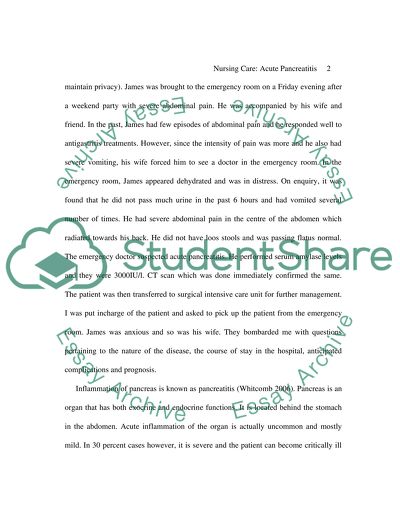Cite this document
(“Case study Essay Example | Topics and Well Written Essays - 1750 words - 11”, n.d.)
Retrieved from https://studentshare.org/nursing/1608745-case-study
Retrieved from https://studentshare.org/nursing/1608745-case-study
(Case Study Essay Example | Topics and Well Written Essays - 1750 Words - 11)
https://studentshare.org/nursing/1608745-case-study.
https://studentshare.org/nursing/1608745-case-study.
“Case Study Essay Example | Topics and Well Written Essays - 1750 Words - 11”, n.d. https://studentshare.org/nursing/1608745-case-study.


